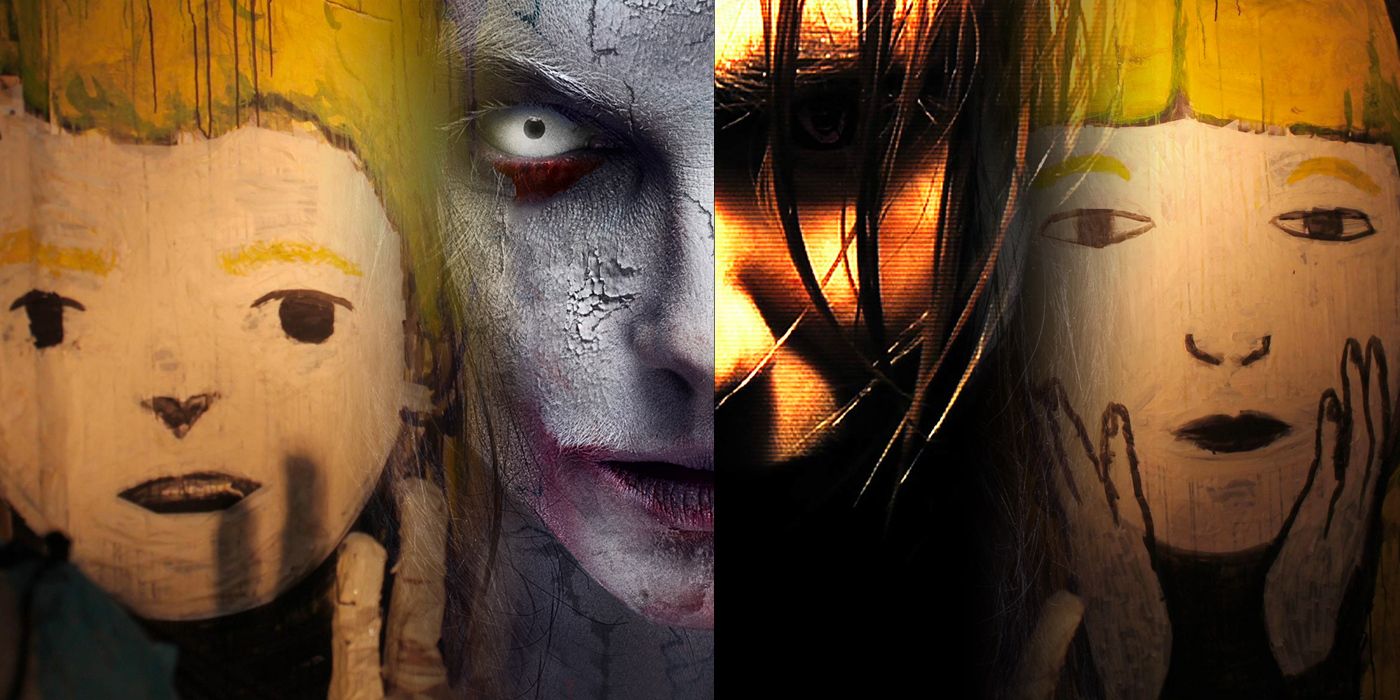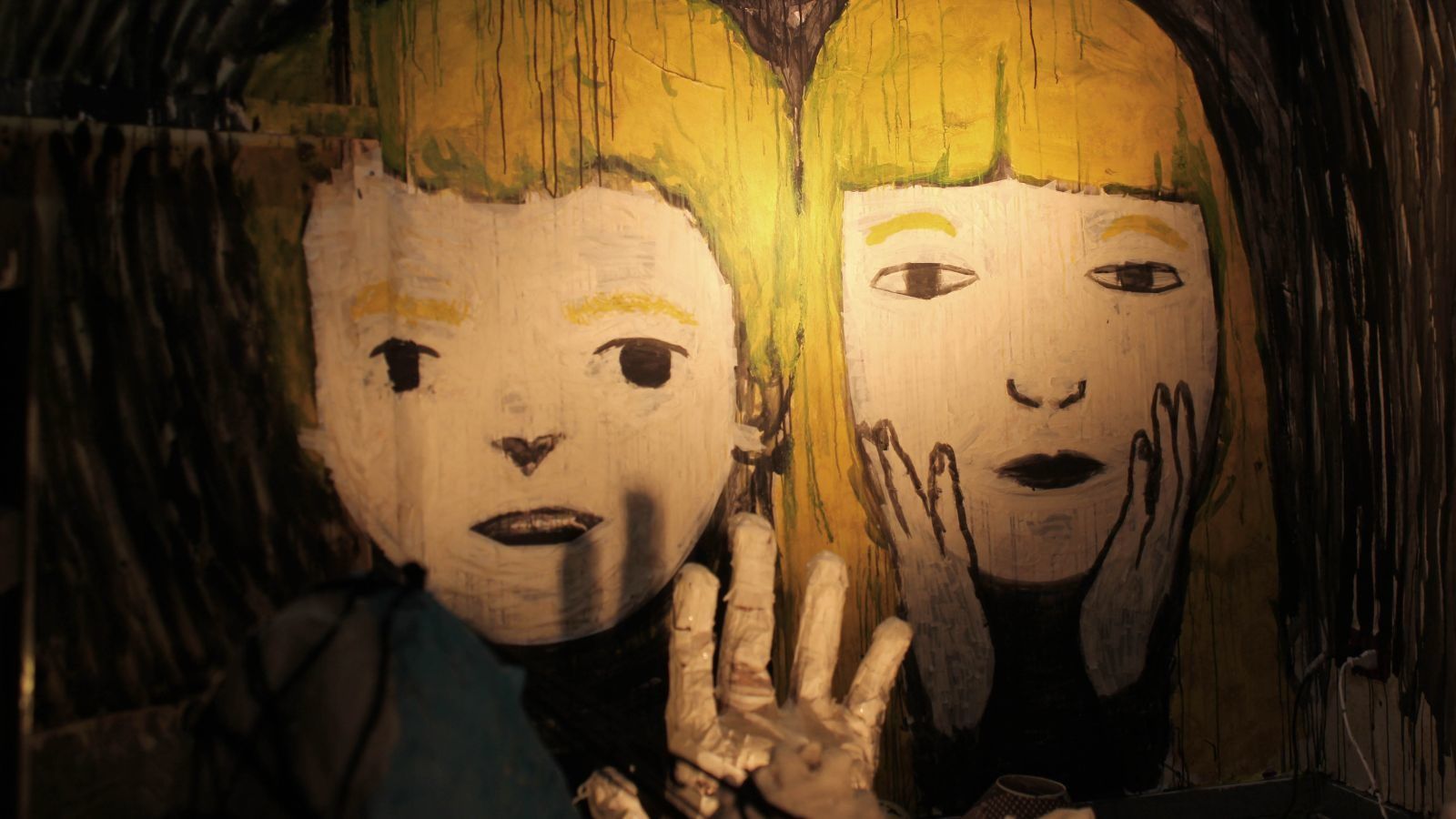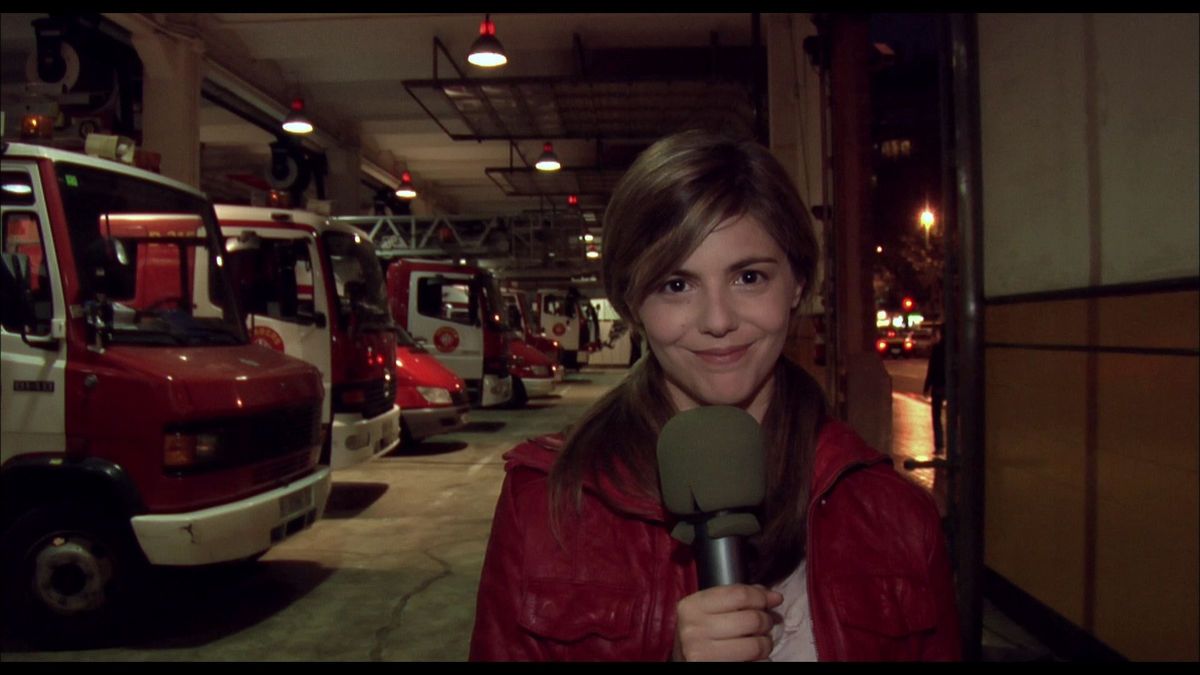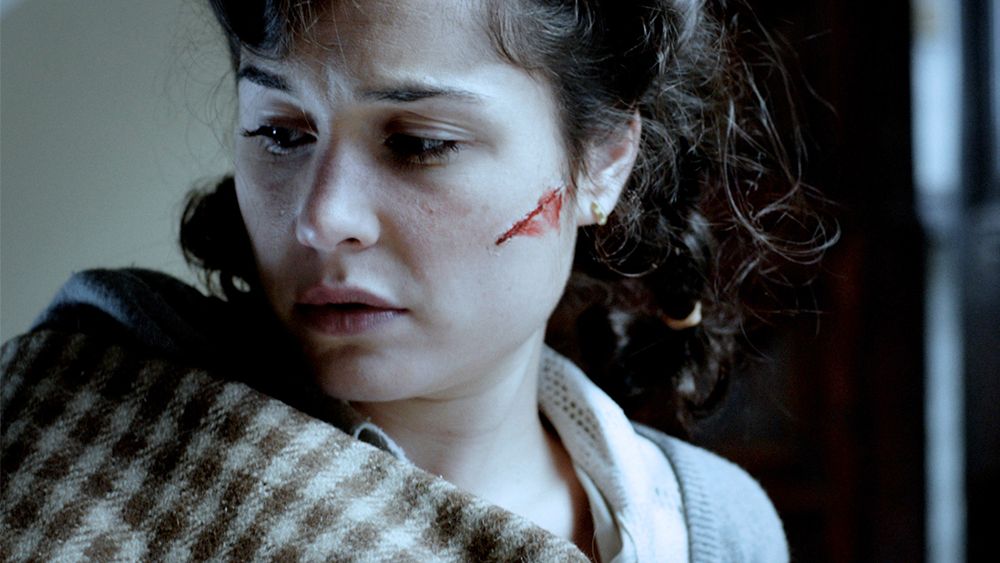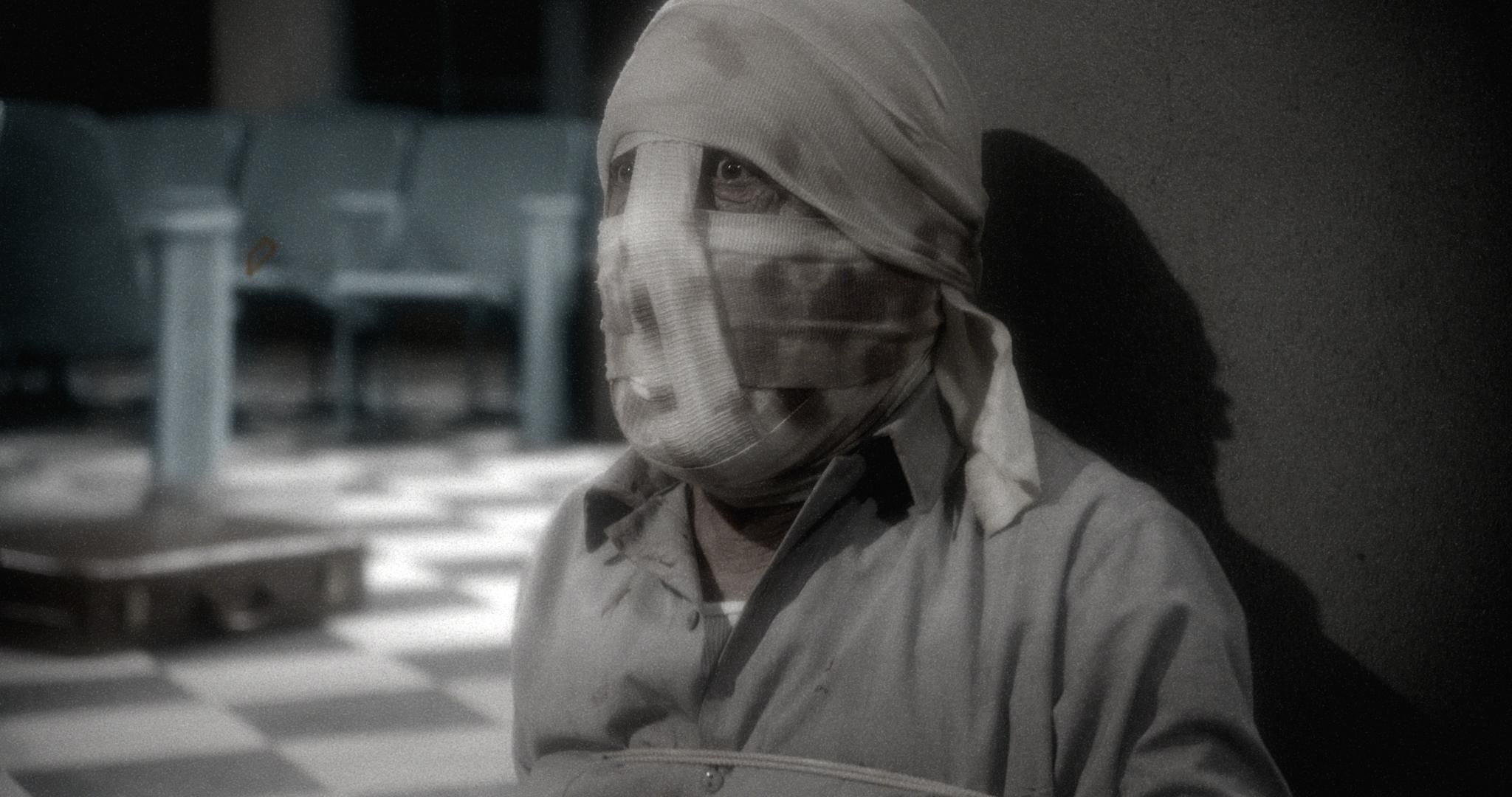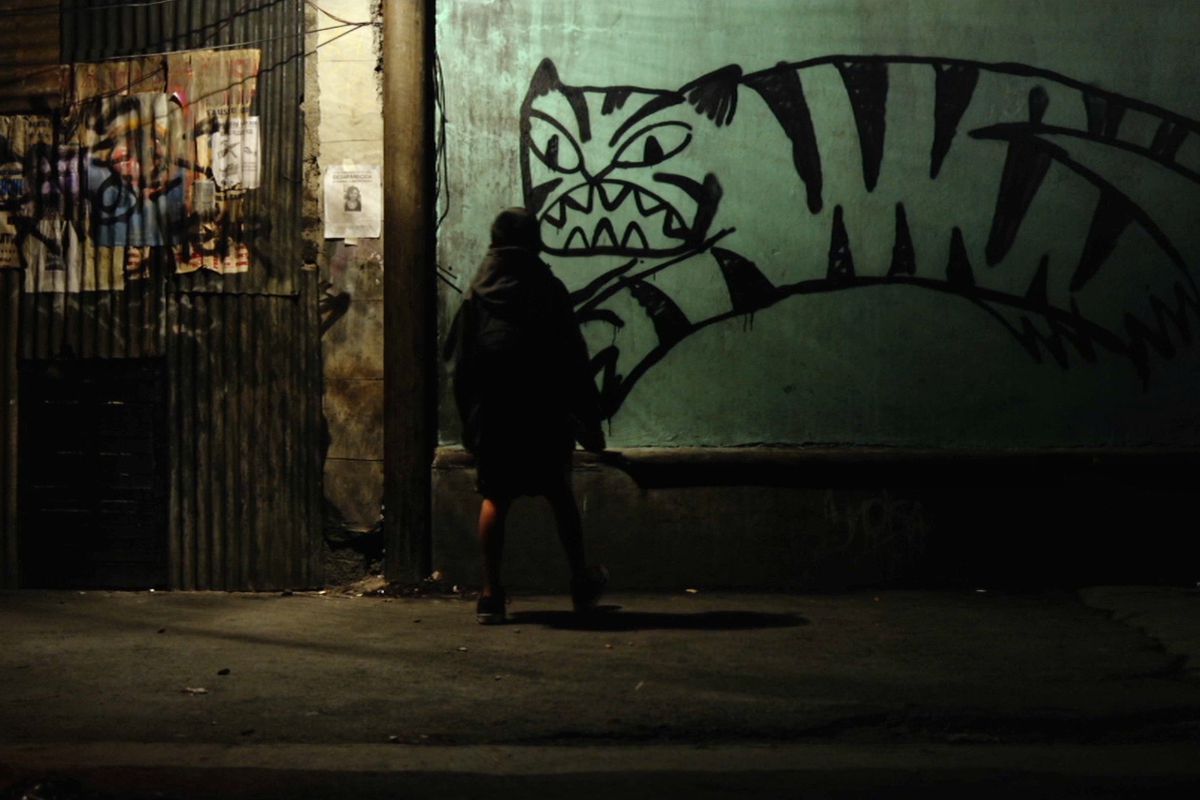I’ve devised a list of some top-notch Latin/Hispanic films that are making room for Latin/Hispanic and Latin/Hispanic-American voices to demonstrate their mastery of authentic plots, charismatic cinematography, and genre styles in their movies. It’s essential to maintain an active presence in this competitive industry of motion pictures, and these films represent a handful of directors, writers, and producers that bring the stories of immigrants, refugees, and old myths into the American cinematic limelight. As it's Latin/Hispanic Heritage Month, it's important to recognize how so many directors, cinematographers, and writers look to international film festivals and audiences to showcase their work, as their non-linear storytelling and lucid camera work often fly under the radar of Western audiences.
There has always been significant power within and behind the camera, and many Latin/Hispanic filmmakers grasp that power, using it to illustrate how boundless the process of filmmaking can be, especially when conceptualizing their works through various horror genres. In addition, their work carries weight when criticizing national atrocities, opening up discussions of sexuality and identity in a patriarchal social culture, and even presenting ghosts and creatures that take horror movie sub-genres to new extremes. Here are some of the absolute brightest and most brilliant Latin/Hispanic films of the 21st century.
La Llorona (2019)
The historic tale of the Weeping Woman has frequented Mexico, South America, and much of the Southwestern United States for centuries. Although similar figures can be found across other non-Western cultural lore and belief systems, the Latin/Hispanic La Llorona remains the most popular and most fascinating for her pre-colonial roots and her varied post-colonial legends and written references. La Llorona speaks life to the story of a woman who kills her family and then herself, stalking the nights in search of her children, howling into a purgatory void, enacting revenge in the waking world. Jayro Bustamante’s Guatamalean take on the legendary woman elevates the heartbroken figure displaying a tale of disgusting war criminality and human rights violations against Indigenous Mayans of the Guatemalan highlands. La Llorona becomes humanized more than ever with stunning portrait frames that immortalize the abuses, the self-introspection, and the prolonged and covered-up suffering of upwards of 3000 people.
This version of the lore recalls the brutalization of innocent Mayans at the hands of dictator General Enrique Monteverde and follows the haunting of the now elderly monster and his matriarchal family. Bustamante pushes the bounds of showcasing women in positions of empathy and power. With a widely diverse cast in ethnicity and age, this take on the Weeping Woman presents as a powerhouse film, beautifully done in homage and acknowledgment of the real-life genocide of Mayan peoples in the 1980s. The unsuspecting La Llorona jams a wedge between the reality of the privileged and the living hell of the Indigenous.
The Untamed (2016)
Sexual veracity rises to new extremes as it depraves the lives of some local country folk, turning sexual lust and fantasy into a possessive addiction. Maybe in another century, it will be common for humans and aliens to have sexual relations, but for the 21st century, it’s still kind of taboo. The Untamed looks to the cinematography of Lars Von Trier and embellishes the creature and its erotic grasp similarly to Possession (1981) to bring forth a story of primitive origin. A taste for the forbidden perfectly ensnares the lives of an elderly couple and two young women who’ve searched for an orgasmic awe-inspiring revelation, speaking through natural behaviors, performed in some of the most nefariously unnatural ways.
Director-producer Amat Escalante affords a unique introspection of abuse in intimate relationships, the hardships of the mundane, and actualizes the primal instinct of reproductive sex as a vicious entity that heads a path of ruin. Some of the shots draw on the isolated beauty of the main characters’ world and give way for stunning narrative photography frames to evoke mania that comes with a yearning for avidity. The hierarchy of relationships, intimate or interpersonal illustrates as a recurring theme until the very end, putting into question, what would a person do if consumed by their taboo fears and hidden cravings, living one life, dedicated to one entity? What if your life was destined to become a god, uncharted, untamed?
The Wolf House (2018)
The Wolf House was collectively made in various international studios, serving a refreshing performance even while behind the scenes. This stop-motion animated picture meshes the influences of Latin American magical realism with the less favorable whacked-out moments of something out of Alice in Wonderland. This film hauls inspiration from the cult-like Chilean Dignity Colony that formed post-World War II. Cristobol Leon and Joaquin Cocina drench their animation in otherworldly figurines symbolic of the war criminals and corruption of the Dignity Colony. The fanatic religious cult the main character escapes from entices her and viewers alike with the writer's juxtaposing heinous surrealism with a nightmare-fueled daydream that follows the central character on her exploration into the philosophies of risk and false self.
Immersed in uncanny childlike hymns, a house of mentally induced nightmares, The Wolf House positions audiences to feel swarmed with sensory overloads. The film invites you to witness the religious fanatics' influence almost as if it's recruiting you to join them. Watch with caution and intent, and beware the shrouded lobo.
Rec (2007)
Not many found footage movies come close to the brilliance of the revolutionary The Blair Witch Project. Yet, Rec strengthens the genre with an intricate and versatile storyline. Utilizing the simple story of a newscasting team paired with a twist of the haunted house horrors by refining the trope with an entire quarantine apartment complex, the emanate danger engulfs the crew and residents in an unprecedented turn of events. The Hollywood rip-off Quarantine (2008), fails in comparison, not doing justice to the multitude of perspectives of firemen, cameramen, residents, and children throughout the doomed bunch’s attempt to investigate and escape. The less acclaimed American remake did little to wow audiences, with typical jump scares and unreliably shaky cameras that made it difficult to follow. Rec remains strong as a cult classic for its realistic depth and outstanding originality that urbanized the zombie subgenre. It’s quick-paced in a manner that will have you holding your breath.
A lack of remorse for entombing saveable people inside a complex with a deadly disease strain echoes the willingness of a government to sacrifice its people, for the "greater good," no matter what the cost. The film arguably symbolizes how expendable lives are treated under controlled circumstances. Also, the collapse of a capitalist infrastructure such as an apartment building drives away from the normal Westernized narrative style. Don’t blink twice while watching this news crew enter a scarring experimental hell.
Shrew’s Nest (2014)
Fear is our most primitive asset, saving our lives in some cases, and wrecking all forms of worlds as we know it. Shrew's Nest views a rare anxiety disorder through the lens of overprotection, a caretaker's breakdown, and an unbreakable allegiance to fearlessness. The mousy home of older sister Montese and her younger sister Nia appears pious, isolated, and tension-ridden. The accident of a stranger switches their home dynamic, instilling a consistent crusade against sin and against the notion of fear. Set in 1950s Madrid, the film places classic film noir archetypes in supporting character roles, while a ghastly and tenacious woman takes center stage.
There's no shortage of blood and perplexities that turn the sisters' home into an animalistic free-for-all, catching the eyes and ears of many outsiders. This film creeps up on viewers with lunacy that devastates and strips the concept of youth away from the sisters. Shrew's Nest offers a period horror film with freaky notions of how threatening anxiety-induced manifestations can form and fester.
The Similars (2015)
Writer-director Issac Ezban toys with his homage to The Twilight Zone’s iconic episode, "Mirror Image," in which a woman at a bus station waits on a stormy night, slowly losing a grip of her sanity when a physical humanoid double wrecks havoc and mounting bewilderment upon her and the other bus station guests. Taking the story of disorientation, Ezban masterfully references numerous 1960s films like Psycho, in addition to The Twilight Zone. Crafting the story of a simple mine worker who can’t get to his pregnant wife in time on the eve of his children’s birth, Ezban combines a hazy monochrome look that shades the bus station in a grainy green hue. The paranoia compounds around the survivors as they piece together the odd occurrences caused by the storm. Disturbing carbon copies of an unknown origin wash over the world and these bus station guests are ill-equipped in combatting the disease or creature that manipulates them. As the story takes place at the height of a political protest organized by students rebelling against their corrupt government, these interpersonal politics clash amongst the bus station guests in such an authentic way that it highlights a multitude of different photography portraits, wide shots, German expressionist angles, character's distinctive facial expressions, and a great blending of music. It's definitely worth your time and will engage you as if watching a horror noir telenovela.
Tigers Are Not Afraid (2017)
Crossing the brutality of the Mexican Drug War with the brash reality of poverty, Tigers Are Not Afraid adopts magical realism as a means to unsparingly portray a child's perspective of the world of suffering and disarray around her. Fairytales and fables hold virtue in the imagination of a child. Writer-director Issa Lopez does not shy away from the terrible systems stemming from the Mexican Drug War. Instances of human trafficking, rampant cartel violence, and impoverishment of smaller cities and towns surround the young character, Estrella, as she seeks courage from her fellow child warriors of the streets of Mexico City. Vividly shot, carrying different animation styles for the symbolic tiger that guides Estrella to enforce street justice, the film mesmerizes and shocks simultaneously. In a grimy world of chaotic desires, starvation, and consistent trauma and death, Estrella embodies a child without a childhood; she exudes poise and wit that makes her attuned to the shadowy supernatural beings that frighten and advise her. Taking a spookier approach the magical realist cinema genre, Tigers Are Not Afraid will embolden any audience.

